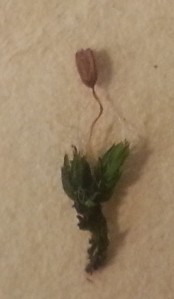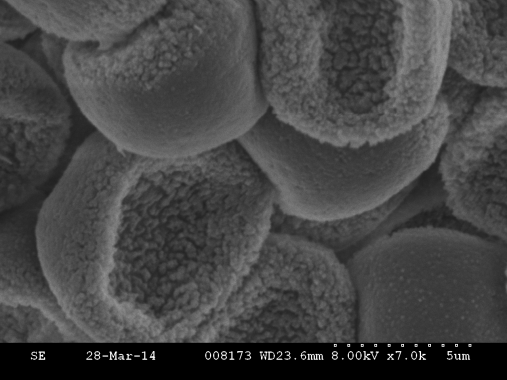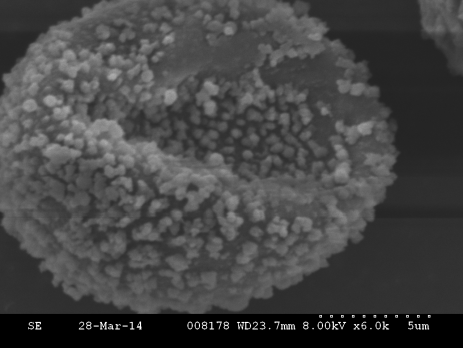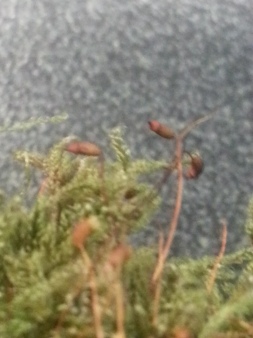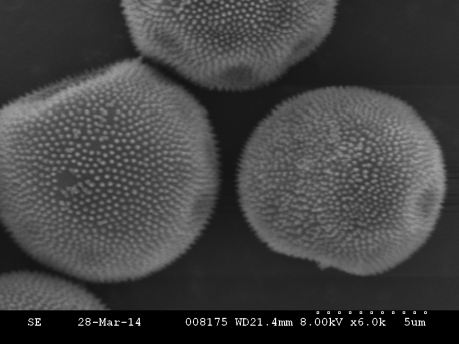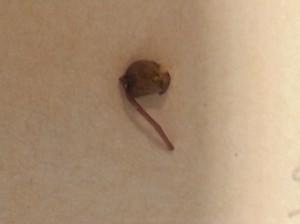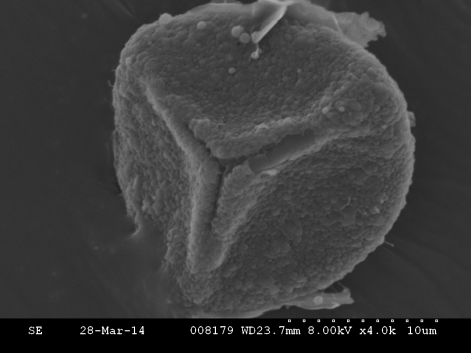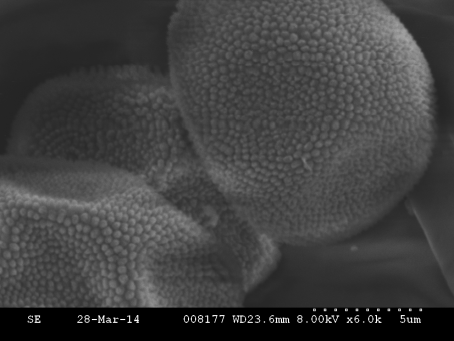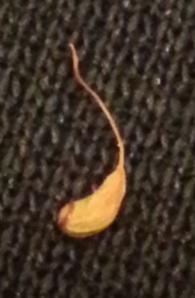(January 31, 2013). University and Jepsen Herbaria Portal to California Flora. Retrieved from http://ucjeps.berkeley.edu/
(July 15 2007). Bryophytes: Mosses, part 1.Flora of North America, 27. Retrieved from http://www.efloras.org/volume_page.aspx?volume_id=1027&flora_id=1
Glime, Janice M. 2007. Bryophyte Ecology. Volume 1. Physiological Ecology. Ebook sponsored by Michigan Technological University and the International Association of Bryologists. accessed on 3/21/2014 at http://www.bryoecol.mtu.edu/ .
Hafner, Bob. “Scanning Electron Microscopy Primer.” Scanning Electron Microscopy Primer. Chracterization Facility, University of Minnesota – Twin Cities, 16 Apr. 2007. Web. 10 Mar. 2014.
Schofield, Wilf. Funaria hygrometrica Hedw. In Klinkenberg, Brian. (Editor) 2013. E-Flora BC: Electronic Atlas of the Plants of British Columbia [eflora.bc.ca]. Lab for Advanced Spatial Analysis, Department of Geography, University of British Columbia, Vancouver. [Accessed:3/7/2014 8:26:42 PM ]
Schofield, Wilf. Grimmia pulvinata (Hedw.) Sm. ex Sm. & Sowerby. In Klinkenberg, Brian. (Editor) 2013. E-Flora BC: Electronic Atlas of the Plants of British Columbia [eflora.bc.ca]. Lab for Advanced Spatial Analysis, Department of Geography, University of British Columbia, Vancouver. [Accessed:3/7/2014 8:36:10 PM ]
Schofield, Wilf. Hypnum circinale Hook. In Klinkenberg, Brian. (Editor) 2013. E-Flora BC: Electronic Atlas of the Plants of British Columbia [eflora.bc.ca]. Lab for Advanced Spatial Analysis, Department of Geography, University of British Columbia, Vancouver. [Accessed:3/5/2014 6:56:28 PM ]
Schofield, Wilf. Polytrichum commune Hedw. In Klinkenberg, Brian. (Editor) 2013. E-Flora BC: Electronic Atlas of the Plants of British Columbia [eflora.bc.ca]. Lab for Advanced Spatial Analysis, Department of Geography, University of British Columbia, Vancouver. [Accessed:3/5/2014 6:36:15 PM ]
Schofield, Wilf. Sphagnum capillifolium (Ehrh.) Hedw. In Klinkenberg, Brian. (Editor) 2013. E-Flora BC: Electronic Atlas of the Plants of British Columbia [eflora.bc.ca]. Lab for Advanced Spatial Analysis, Department of Geography, University of British Columbia, Vancouver. [Accessed:3/5/2014 6:41:20 PM ]
